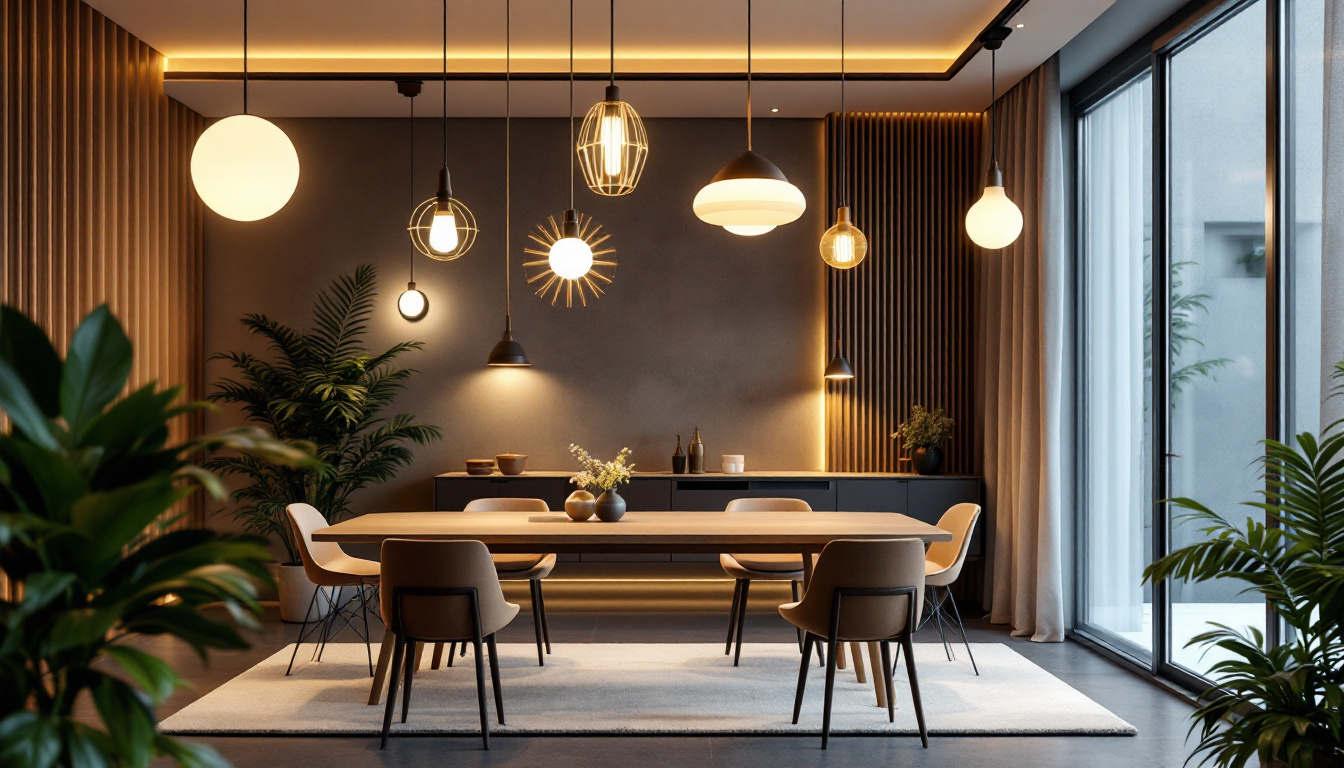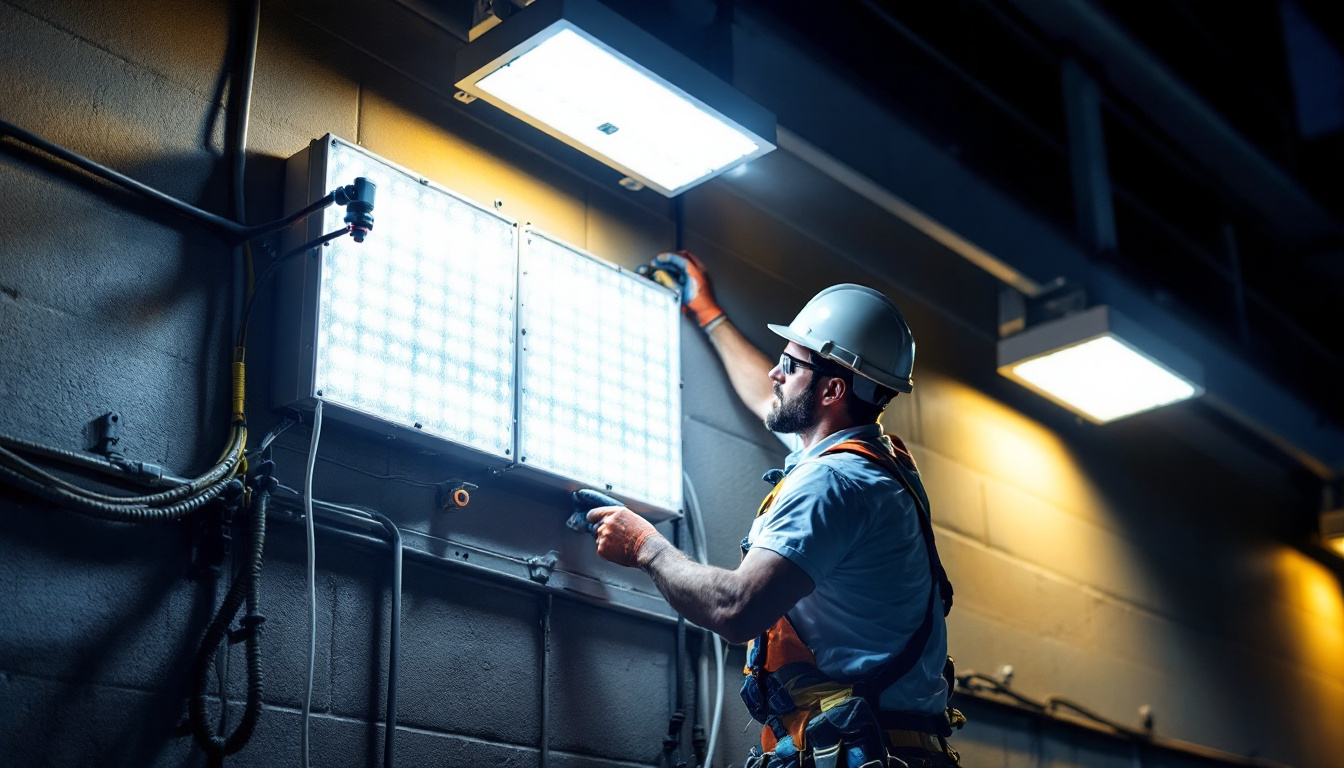

In the ever-evolving field of lighting design and installation, the importance of a well-trained team cannot be overstated. As technology advances and customer expectations rise, lighting contractors must ensure their teams are equipped with the latest knowledge and skills. This article delves into effective strategies for training your team in lighting, focusing on both technical expertise and soft skills that enhance overall performance.
Before diving into advanced techniques and technologies, it is crucial for team members to have a solid grasp of the fundamentals of lighting. This foundational knowledge serves as the bedrock upon which more complex concepts can be built. A strong understanding of lighting can not only improve the quality of work but also foster creativity and innovation within the team, leading to more effective and engaging designs.
Understanding the science behind light is essential for any lighting professional. This includes knowledge of lumens, color temperature, and the spectrum of visible light. Training should cover how different types of light sources—such as incandescent, fluorescent, and LED—function and their respective advantages and disadvantages. Each light source has its unique characteristics; for instance, LEDs are known for their energy efficiency and long lifespan, while incandescent bulbs provide a warm glow that many find appealing.
Moreover, grasping concepts like the color rendering index (CRI) and the impact of lighting on mood and productivity can significantly enhance a team’s ability to design effective lighting solutions. Regular workshops or seminars led by experts in the field can help reinforce these concepts and keep the team updated on new findings. Understanding how light influences human behavior and perception can be particularly beneficial in settings such as retail or hospitality, where the right lighting can enhance customer experience and drive sales.
Once the basics are understood, the next step is to delve into lighting design principles. This includes learning about the three primary types of lighting: ambient, task, and accent lighting. Each type serves a specific purpose and understanding how to balance these elements is key to creating functional and aesthetically pleasing spaces. For example, ambient lighting provides overall illumination, task lighting focuses on specific areas for activities like reading or cooking, and accent lighting highlights artwork or architectural features, creating visual interest.
Training sessions should involve hands-on activities where team members can experiment with different lighting techniques. For instance, setting up mock environments to practice layering light can provide practical experience that theoretical knowledge alone cannot offer. Additionally, exploring the use of dimmers and smart lighting controls can empower team members to create dynamic environments that adapt to different needs and moods throughout the day. By fostering a collaborative atmosphere where team members can share insights and learn from one another, the overall design process can be enriched, leading to innovative solutions that resonate with users on multiple levels.
As the lighting industry becomes increasingly technology-driven, it is essential for teams to stay abreast of the latest advancements. This not only includes new products but also innovative installation techniques and smart lighting systems.
Smart lighting technology is transforming the way spaces are illuminated. Training should include an overview of smart lighting systems, including their components, benefits, and installation processes. Familiarizing the team with systems that can be controlled via apps or integrated into home automation systems will position them as knowledgeable professionals in a competitive market.
Moreover, understanding the energy efficiency and sustainability aspects of smart lighting can help teams make informed recommendations to clients, aligning with the growing trend towards environmentally friendly solutions.
LED technology has revolutionized the lighting industry, offering energy-efficient solutions with a long lifespan. Training should focus on the intricacies of LED technology, including how to select the right LED products for various applications. This includes understanding factors such as wattage, lumens, and color temperature.
Additionally, practical training on the installation of LED systems, including troubleshooting common issues, will empower team members to handle projects with confidence. Encouraging team members to participate in manufacturer-led training sessions can further enhance their expertise in this area.
While technical skills are vital, soft skills are equally important for a well-rounded lighting contractor team. These skills enhance communication, customer service, and teamwork, all of which are essential for successful project execution.
Effective communication is the cornerstone of any successful project. Training should emphasize the importance of clear communication with clients, team members, and other stakeholders. This includes not only verbal communication but also active listening skills, which are crucial for understanding client needs and preferences.
Role-playing exercises can be an effective way to develop these skills. By simulating client interactions, team members can practice articulating ideas, addressing concerns, and providing solutions in a supportive environment.
In the competitive landscape of lighting contracting, exceptional customer service can set a business apart. Training programs should focus on instilling a customer-first mentality in team members. This involves teaching them how to handle inquiries, resolve issues, and follow up with clients post-installation.
Encouraging team members to seek feedback from clients can also foster a culture of continuous improvement. By understanding client satisfaction levels, teams can adapt their approaches and ensure that they are meeting or exceeding expectations.
Practical experience is invaluable in the lighting industry. Incorporating hands-on training and workshops into the training regimen can significantly enhance learning outcomes. These sessions allow team members to apply theoretical knowledge in real-world scenarios, reinforcing their skills and boosting confidence.
Field training provides team members with the chance to learn on the job. This can involve shadowing experienced professionals during installations or participating in live projects. Such experiences not only enhance technical skills but also help team members understand the dynamics of working in various environments.
Encouraging team members to take part in diverse projects can broaden their skill sets and expose them to different lighting challenges. This diversity in experience can be a significant asset when tackling future projects.
Inviting industry experts to conduct workshops can provide fresh insights and inspire team members. These experts can share the latest trends, technologies, and best practices, keeping the team at the forefront of the lighting industry.
Moreover, these workshops can facilitate networking opportunities, allowing team members to connect with other professionals and learn from their experiences. This exchange of ideas can foster a culture of innovation within the team.
In today’s digital age, leveraging technology for training purposes can enhance the learning experience. Various tools and platforms can be utilized to create engaging training programs that cater to different learning styles.
Online learning platforms offer flexibility and accessibility, allowing team members to learn at their own pace. These platforms can provide a wealth of resources, including video tutorials, interactive quizzes, and forums for discussion. Incorporating online modules into the training program can help reinforce concepts covered in workshops and hands-on training.
Additionally, utilizing virtual reality (VR) technology can provide immersive training experiences. VR can simulate real-world scenarios, allowing team members to practice their skills in a safe environment before working on actual projects.
Mobile applications can be a valuable resource for team members who are frequently on the move. These apps can provide quick access to lighting design tools, product specifications, and installation guides. Encouraging team members to utilize these resources can enhance their knowledge and efficiency while working in the field.
Furthermore, using mobile apps for project management can streamline communication and collaboration among team members, ensuring everyone is on the same page throughout the project lifecycle.
Training should not be viewed as a one-time event but rather as an ongoing process. Fostering a culture of continuous learning within the team can lead to long-term success and adaptability in a rapidly changing industry.
Creating an environment where team members feel comfortable providing feedback can lead to valuable insights for improvement. Regularly soliciting input on training programs and project experiences can help identify areas for enhancement and ensure that the training remains relevant and effective.
Moreover, recognizing and rewarding team members for their efforts in pursuing additional training or certifications can motivate others to follow suit. Celebrating achievements can boost morale and reinforce the importance of continuous learning.
Establishing clear goals for training and development can provide direction and motivation for team members. These goals should be specific, measurable, achievable, relevant, and time-bound (SMART). Regularly reviewing progress towards these goals can help keep team members accountable and focused on their development.
Utilizing performance metrics to track improvements in skills and knowledge can also provide valuable insights into the effectiveness of training programs. This data can inform future training initiatives and ensure that resources are allocated effectively.
Training a team in lighting is a multifaceted process that requires a blend of technical knowledge, practical experience, and soft skills development. By investing in comprehensive training programs that encompass these elements, lighting contractors can equip their teams with the tools they need to excel in a competitive landscape.
From understanding the science of light to mastering advanced technologies and fostering a culture of continuous learning, the strategies outlined in this article can help create a well-rounded and highly skilled team. As the lighting industry continues to evolve, staying ahead of the curve through effective training will ensure long-term success and client satisfaction.
Ready to take your team’s lighting expertise to the next level? At LumenWholesale, we provide contractors with exceptional, spec-grade lighting products at unbeatable wholesale prices. Say goodbye to local distributor markups and hello to a vast selection of reliable, high-performance lighting that meets the highest industry standards. With free shipping on bulk orders, you can trust that you’re getting premium lighting at the best value — without any hidden fees. Elevate your lighting projects and empower your team with the quality, affordability, and convenience of LumenWholesale. Start browsing our selection today and see the difference for yourself!

Discover how to future-proof your lighting projects with the latest in light connector technology.

Discover the essentials of LED wall pack retrofitting in this comprehensive guide tailored for lighting contractors.

Discover how dusk to dawn solar lights can revolutionize your lighting projects by offering sustainable, cost-effective, and efficient illumination.

Discover the top high bay LED lights with our comprehensive guide tailored for lighting contractors.
Get notified when NEW deals are released.
Optimize your budget with wholesale discounts.
Only top-quality, specification-grade lighting products.
No additional costs at checkout - what you see is what you pay.
We understand the unique needs of contractors.